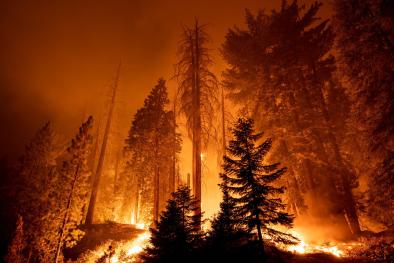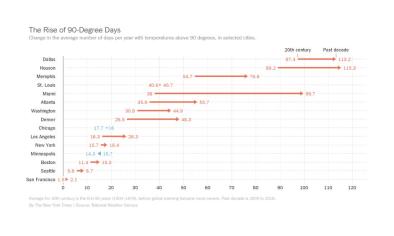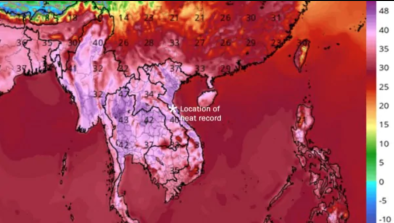Science Source
Interdecadal variability/long-term changes in global precipitation patterns during the past three decades: global warming and/or pacific decadal variability?
- Explores how global precipitation and tropospheric water vapor content vary on the interdecadal/long-term time scale during past three decades (1988–2010 for water vapor)
- Explores, in particular, to what extent the spatial structures of their variations relate to changes in surface temperature
- EOF analyses of satellite-based products indicate that the first two modes of global precipitation and columnar water vapor content anomalies are in general related to the El Niño-Southern oscillation
- States that global mean sea surface temperature (SST) and land surface temperature have increased during the past three decades, but the water vapor and precipitation patterns of change do not reflect the pattern of warming, in particular in the tropical Pacific basin
- States that other mechanisms in addition to global warming likely exist to account for the spatial structures of global precipitation changes during this time period
- An EOF analysis of longer-record (1949–2010) SST anomalies within the Pacific basin (60°N–60°S) indicates the existence of a strong climate regime shift around 1998/1999, which might be associated with the Pacific decadal variability (PDV) as suggested in past studies
- Analyses indicate that the observed linear changes/trends in both precipitation and tropospheric water vapor during 1988–2010 seem to result from a combined impact of global mean surface warming and the PDV shift
- In particular, in the tropical central-eastern Pacific, a band of increases along the equator in both precipitation and water vapor sandwiched by strong decreases south and north of it are likely caused by the opposite effects from global-mean surface warming and PDV-related, La Niña-like cooling in the tropical central-eastern Pacific
- Concludes this narrow band of precipitation increase could also be considered an evidence for the influence of global mean surface warming
Related Content
Headline

Nov 18, 2021 | Climate Nexus Hot News
Number Of Hot Summer Days That Fuel Wildfire Spread Will Rise
Science Source
| Geophysical Research Letters
Evaluating the performance of past climate model projections
Zeke Hausfather, Henri F. Drake, Tristan Abbott et al
Headline

Jul 24, 2019 | New York Times
Boston Has Become New York
Headline

Apr 23, 2019 | Washington Post
Vietnam just observed its highest temperature ever recorded: 110 degrees, in April


